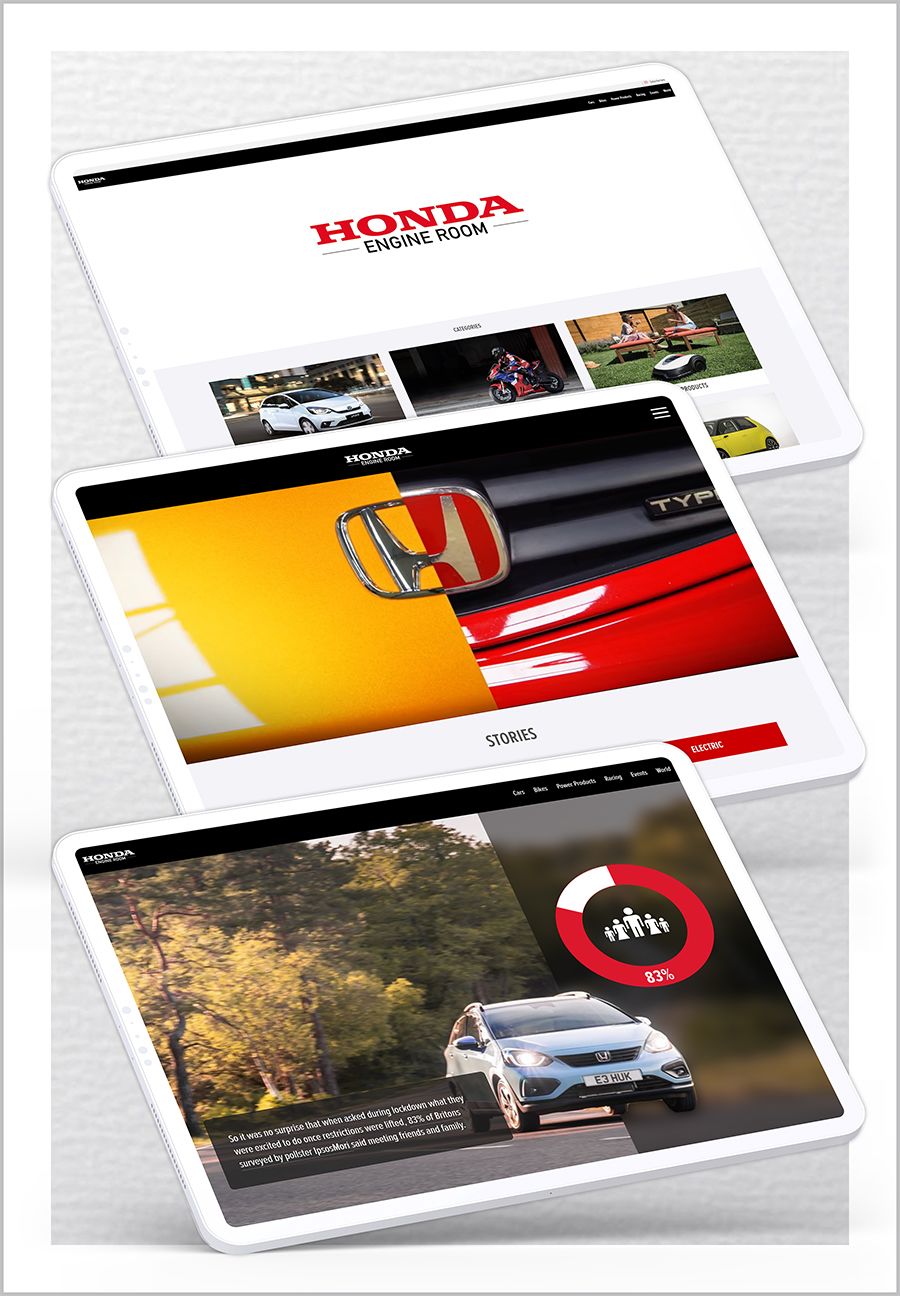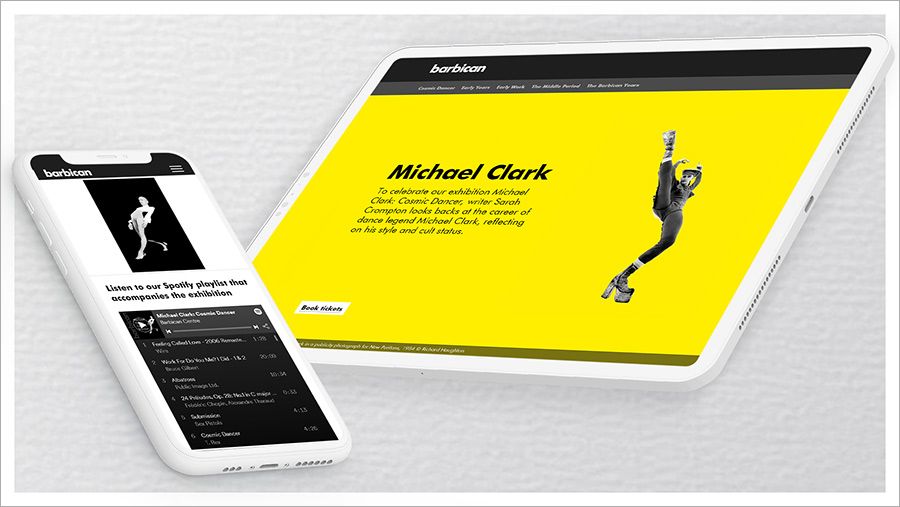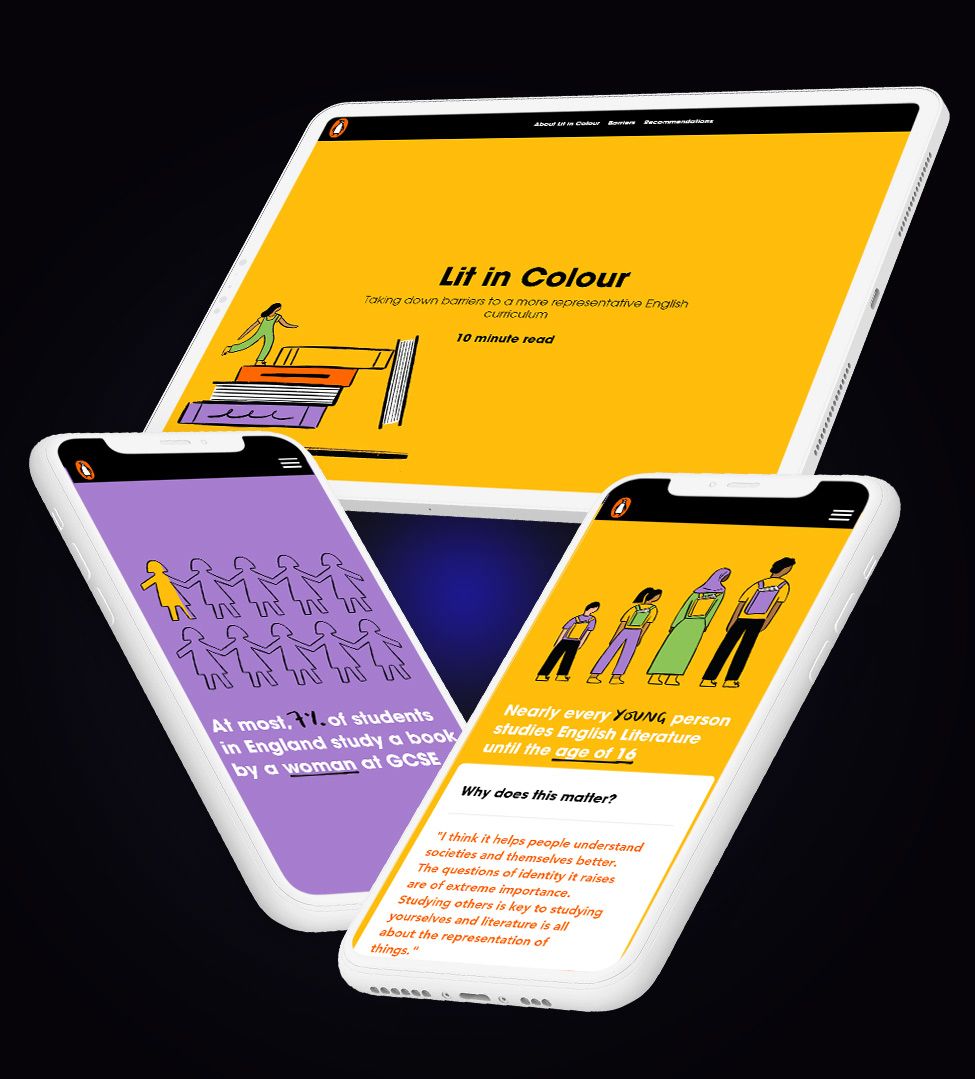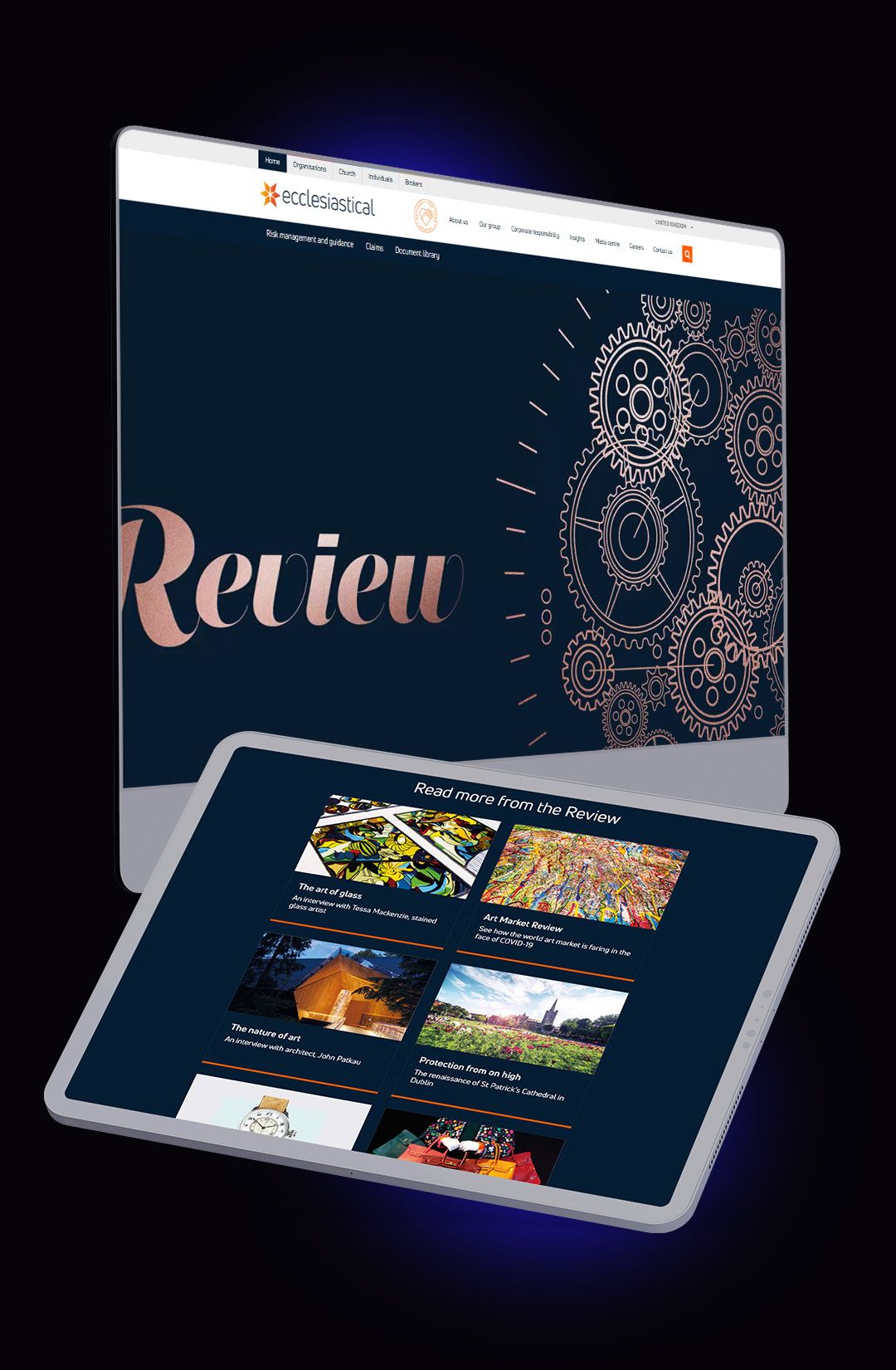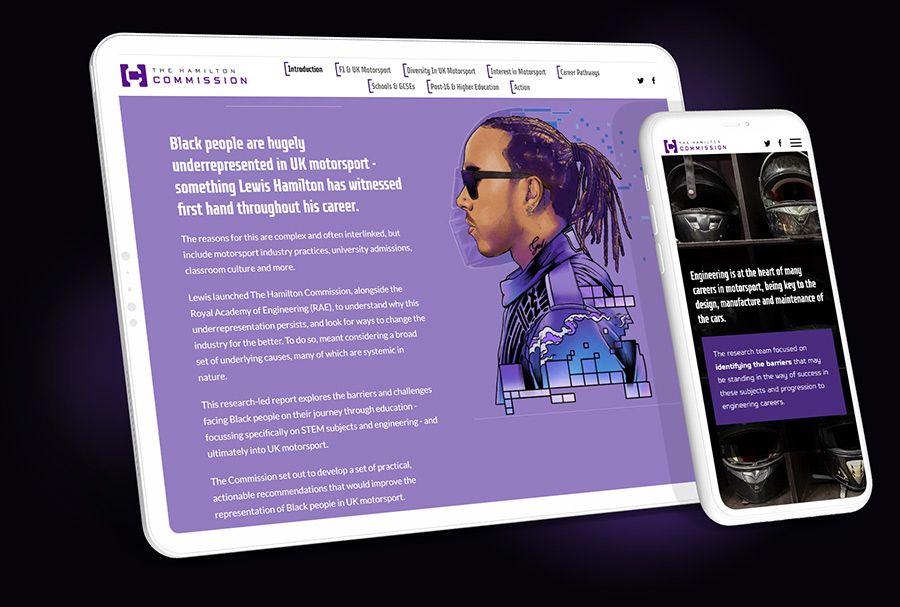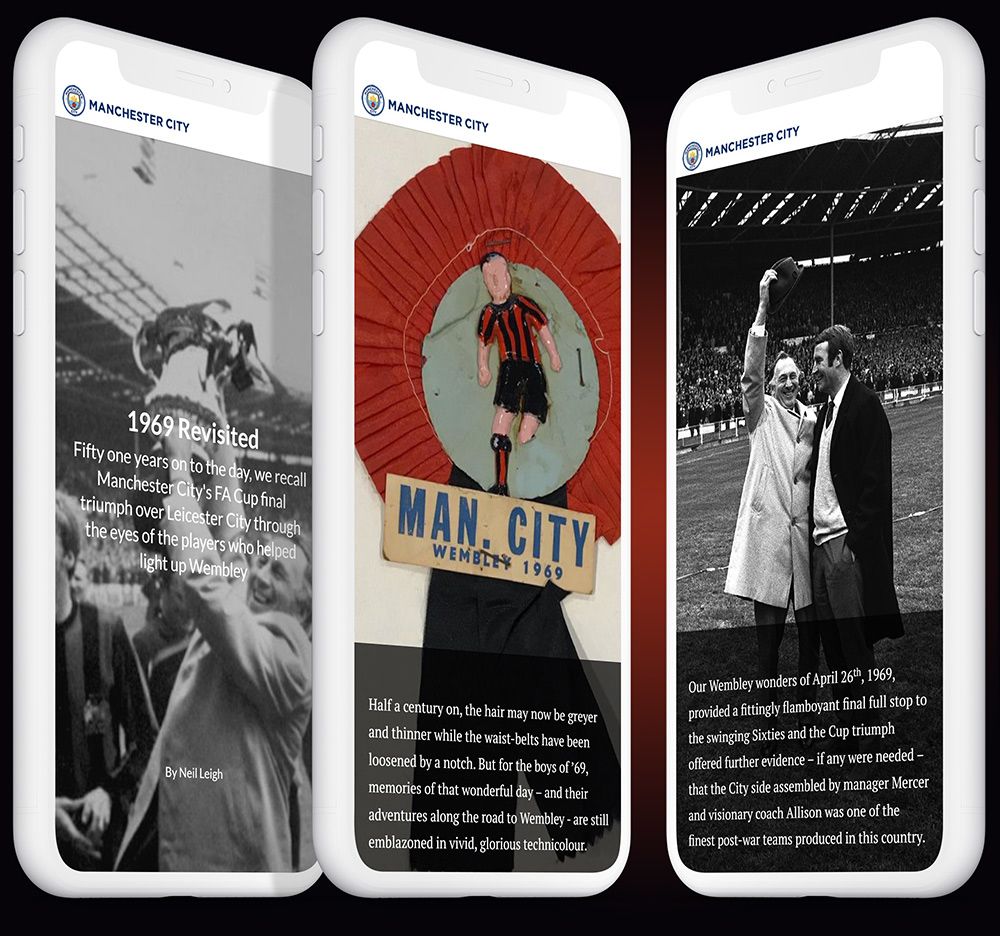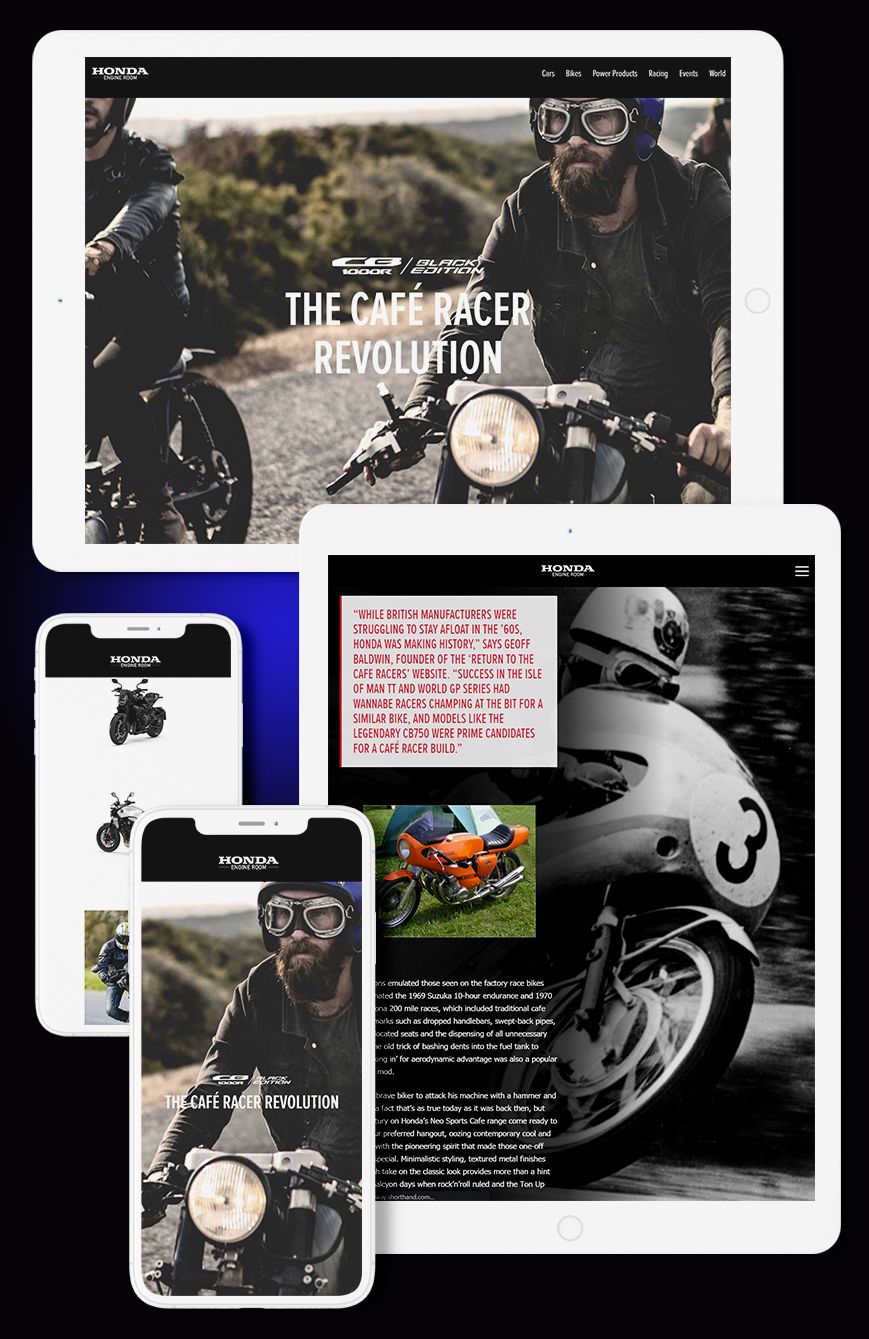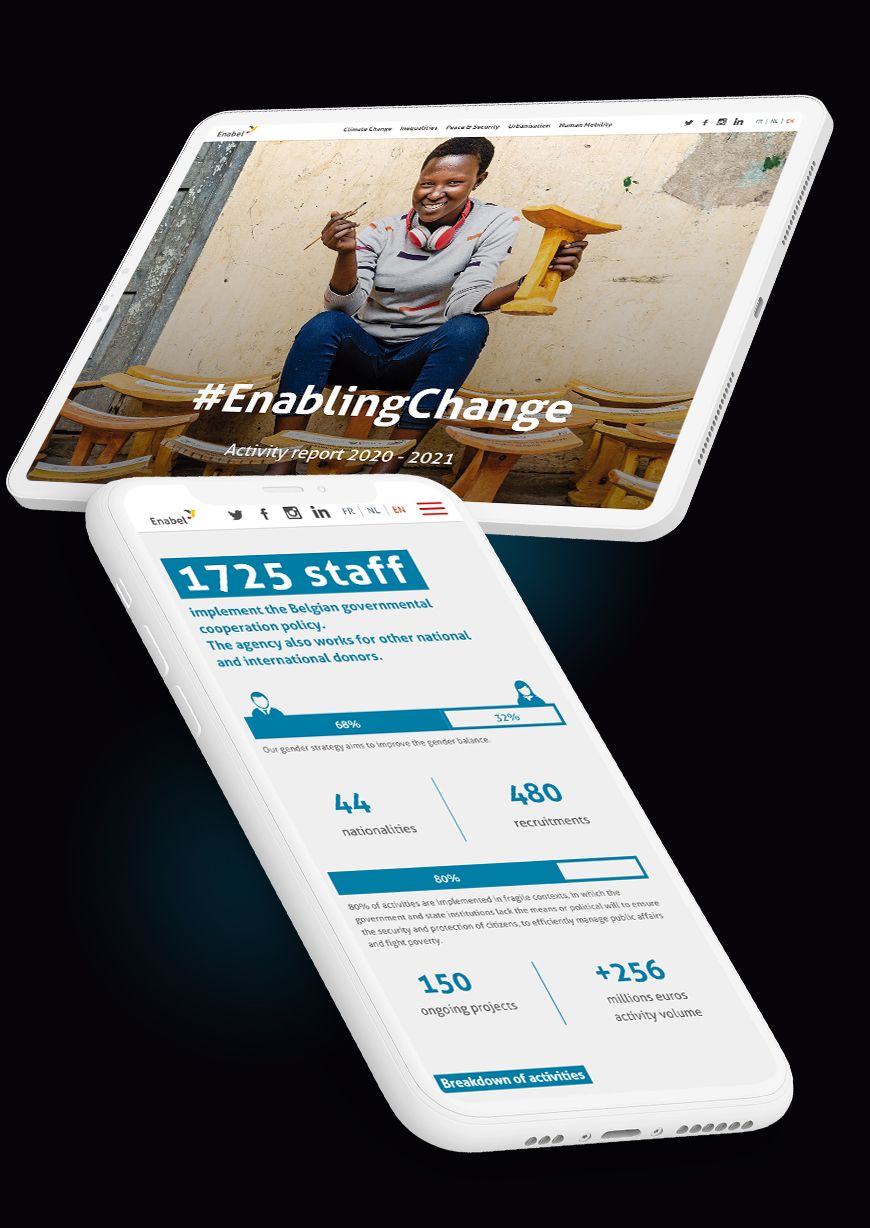What is premium content — and why should you create it?

More companies than ever are investing in content marketing. This includes not only blog posts but social media, webinars, white papers, ebooks, video, podcasts, case studies, infographics... the list goes on.
This is a crowded marketplace. If you want a fighting chance at standing out from the crowd, you need to create high-quality content at every customer touchpoint.
This sounds obvious — just 'make it good' — but the reality is that what counts for quality content on the web is rapidly changing.
In this guide, we'll run through:
What do the BBC, Tripadvisor, and Penguin have in common?
They craft stunning, interactive web content with Shorthand. And so can you! Create your first story — no code or web design skills required.
Sign up now.
The recent history of premium content
Until recently, it was nearly impossible for marketers to create visually compelling content for the web unless they splashed out on a developer. This was okay if you just had a few bits and bobs you wanted to make special, but it was impossible to scale.
The alternative was to create content in PDF form. With the help of a graphic designer, these could look awesome, but they had many, many other limitations, including terrible SEO, accessibility, analytics, and more.
But now, with faster internet, better browsers and new platforms and technologies, premium content is much easier to make. The rise of accessible content platforms have meant that — instead of a few stock photos plonked in the midst of a bunch of text — web content can be multimedia, interactive and immersive.
Some of these providers are built for web designers, while others — like Shorthand — are built for writers with no skills or experience in web design or code.
What is premium content?
Premium content is an increasingly common part of the digital marketing strategy for most companies. But, like we said, the definition of 'premium' on the web is rapidly changing.
So, what do typical examples of premium content have in common? Typically, it will be:
Targeted and specific
You can’t can’t have premium content without high-quality research and writing: no matter how nice your design is, it’s the content that matters most.
Visuals can help attract readers, but they won’t stay if the information isn’t worth their time.
Visually immersive
The most impressive digital stories out there use a whole range of visual methods to keep readers engaged. Don’t be afraid to break out of the stock-image-and-blog-post trap—think mini-galleries that show details of the narrative’s setting, multimedia assets to dive deeper into a topic, interactive infographics or data storytelling that bring the impact of a statistic to life.
If you’re overwhelmed, our 8 tips for powerful visual storytelling guide can help you learn how to combine high-quality content with compelling visual communication.
Interactive
With interactive content, you can overcome one of the industry’s biggest problems: keeping your audience’s attention.
Rather than the reader being a passive consumer, interactive elements allow the reader to take control of visual elements in a web page, usually by clicking or scrolling. Our introduction to interactive marketing goes into more detail.
Now that we've defined premium content, let's take a look at the benefits.
Though we haven't added it here, many premium content pieces are longform. Learn more about the case for longform content.
Premium content leads to tangible results
What may those results be, we hear you ask? Stepping out of your routine can be intimidating, so we’ve compiled a list of facts and case studies to give you good reasons to invest in premium content.
Higher time on page
When content is immersive and visually engaging, people stick around longer to see it through. This means they’re spending more time on the page and are more likely to click through to other content.
Bonhams, a world-leading auction house, began creating premium content with Shorthand in 2020. After showcasing auction items with immersive posts, the company saw increased time-on-page, decreased exit rates and sustained organic traffic — even after auction events.
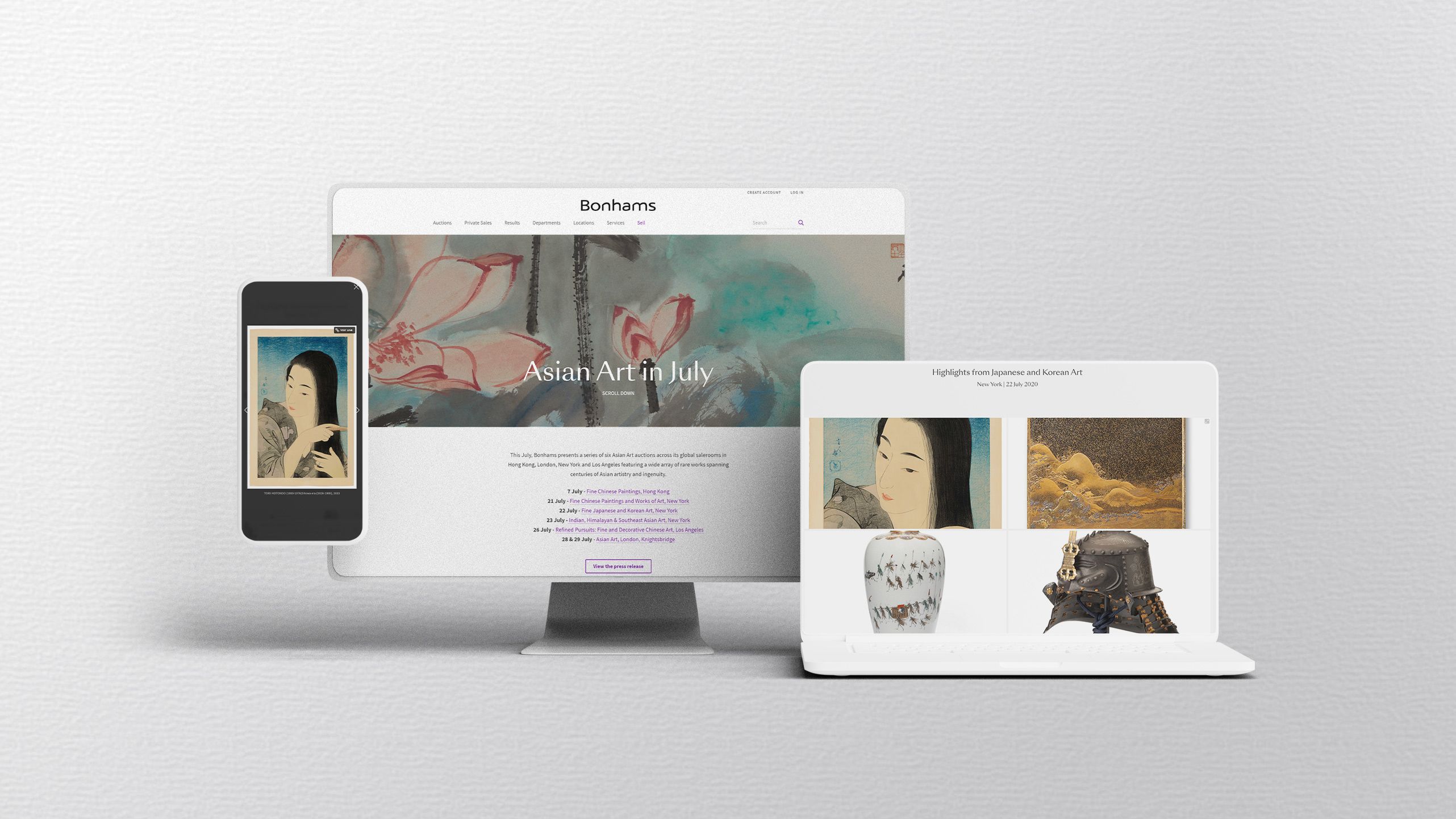
Better results
Well-written and visually engaging content makes your company seem more established and creative than the competition. Plus, because premium content offers ways to encourage exploration, your sales team can use the higher engagement to nurture a sale.
Having a unique way to sustain someone’s attention also gives you more time to make a case for your product or service. After creating an engaging content hub, Honda experienced a 32% return on investment and a 600% rise in subscribers.
Increased reach
When people experience something surprising and unique, they’re more likely to share it with their network. And, you’ll have an even better chance of being a topic of discussion in your industry if you’re the first to create interactive content.
The Barbican discovered that premium digital content exposed it to a more diverse set of people than it had experienced before. Virtual exhibitions opened up a global audience, with more than 10,000 people engaging with their digital content.
Improved reader experience
A better experience for readers builds goodwill with your brand, which pays dividends in the future. After all, someone isn’t likely to jump at the idea of supporting a business that gave them a lackluster or frustrating experience.
When you increase the visual functionality of your product, it makes it easier to engage with your brand. And easier engagement means customers are more happy to do so!
External stakeholders aren’t the only ones that deserve a premium content experience, either. RELX learned that upgrading their internal communications with all 33,000 employees led to a 20% increase in team members saying they would recommend the company as a place to work.
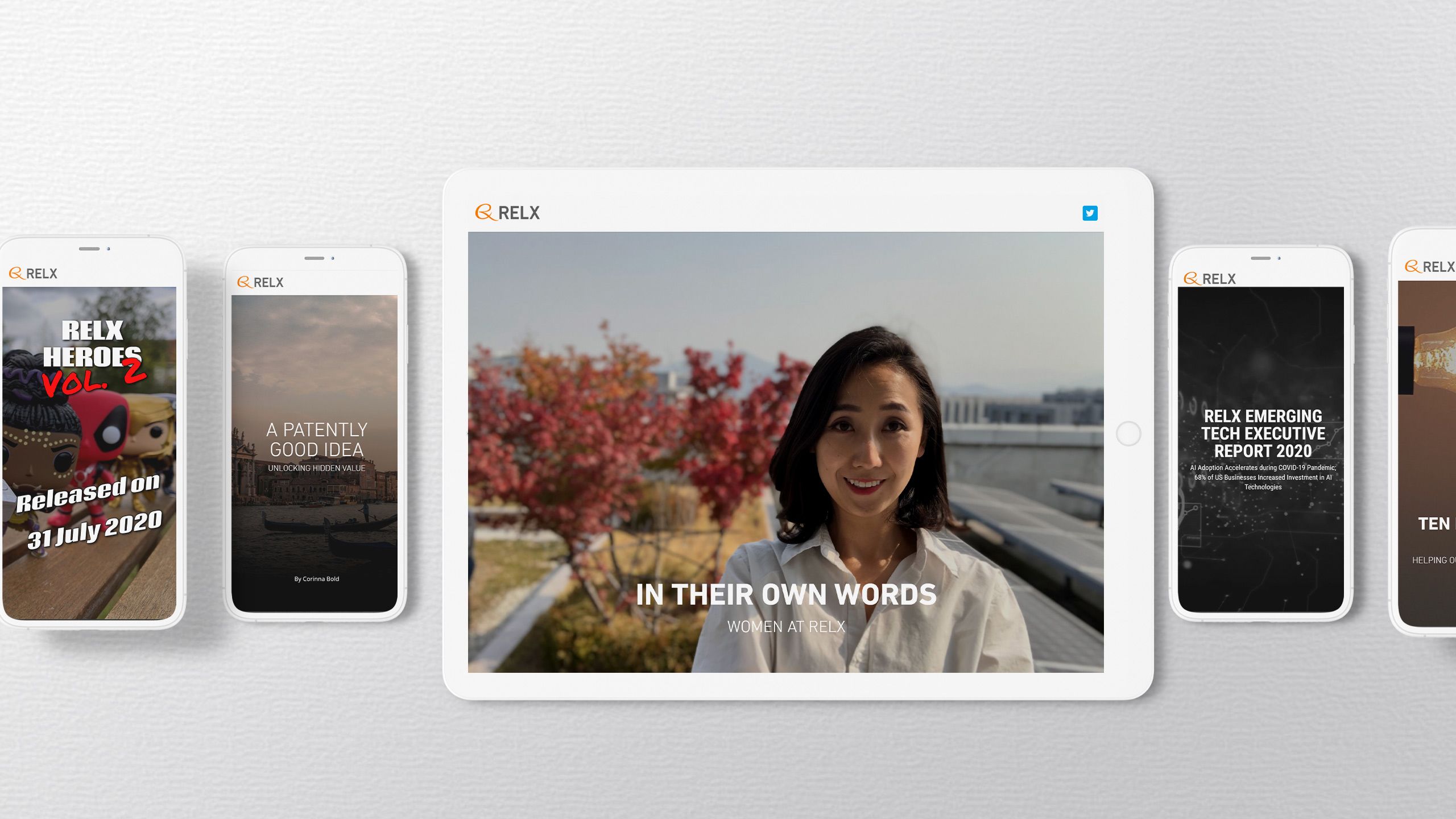
9 types of
premium content
to consider
1. Blog posts and guides
Blogs and guides aren’t a novel type of content for readers, but companies can elevate the experience with interactive elements and brand storytelling. Use visuals to move the narrative forward or mix in statistics and maps to bring a guide to life.
2. Research reports
To make a report more successful (and enjoyable), opt for making it web-based. Research reports take time and effort, so why hide them behind a PDF—which prevents the content from being indexed and optimised for search?
Plus, adding interactive content livens up what could, admittedly, become a little bland.
Penguin Books UK turned its research report, Lit in Colour, into a piece with bright illustrations that transform as a reader scrolls. When you have an important message that you don’t want your audience to overlook, giving it a premium look ensures it stands out.
3. Digital magazines
With the help of a web-based storytelling platform, you can turn digital magazines into opportunities for exploration and discovery. Read how in our definitive guide.
A central landing page for each edition makes it easy for readers to see all the available content upfront.
The Ecclesiastical Art and Culture Review uses an animated content hub as the starting point for all its articles. Readers are encouraged to work their own way through pieces that resonate with them, and it’s easy for them to choose their own adventure from a gallery.
4. Ebooks
Ebooks, like research reports, are cornerstones of content strategies that involve a lot of writing. Turning them into web experiences allows for more organic discovery, putting more people at the top of your content conversion funnel.
While PDFs are useful for gating content to collect leads link contact information, they block you from leveraging your writing for SEO and internal linking.
Creating ebooks natively in the web browser also empowers content teams to flex all their analytic muscles. Where your funnel tracking and analysis would drop off for a PDF, a web-based experience is trackable with Google Analytics or tools like heat maps.
5. Pillar pages
Pillar pages feature extended content around an important topic for an organisation, but they can make readers feel like the page is droning on and on.
The solution is an immersive page like The Hamilton Commission’s guide, Accelerating Change: Improving Representation of Black People in UK Motorsport. As you scroll down the page, images swap out to match the text, and charts evolve. The result is a digital story that turns a lot of content into an enjoyable piece to engage with.
6. Event introductions and match programs
When people can’t be at an event, bring the event online.
Media and storytelling can let readers feel like they’re experiencing the story in real time. Creating premium web-based content summaries of events also lets you stretch the impact and reach beyond the singular event.
For example, Manchester City has a series of posts highlighting a pivotal game each season. Summaries of the event and firsthand quotes overlap photos to transport the reader. While each event happened once, Manchester City can excite fans and drive traffic for years to come.
7. Virtual galleries
Everyone expects high-quality images in virtual galleries. But you can leverage surprise and delight by spending a little more time on elements like scrollytelling and thoughtful animations.
Sydney Opera House took fans behind the scenes of the empty venue to see how support teams and artists coped with the lockdown.
Online galleries with interactive elements highlight the creativity and innovation of the brand behind the photos. They also offer opportunities to incorporate stories, quotes, and information alongside images.
Here's a guide on how to make great visual galleries.
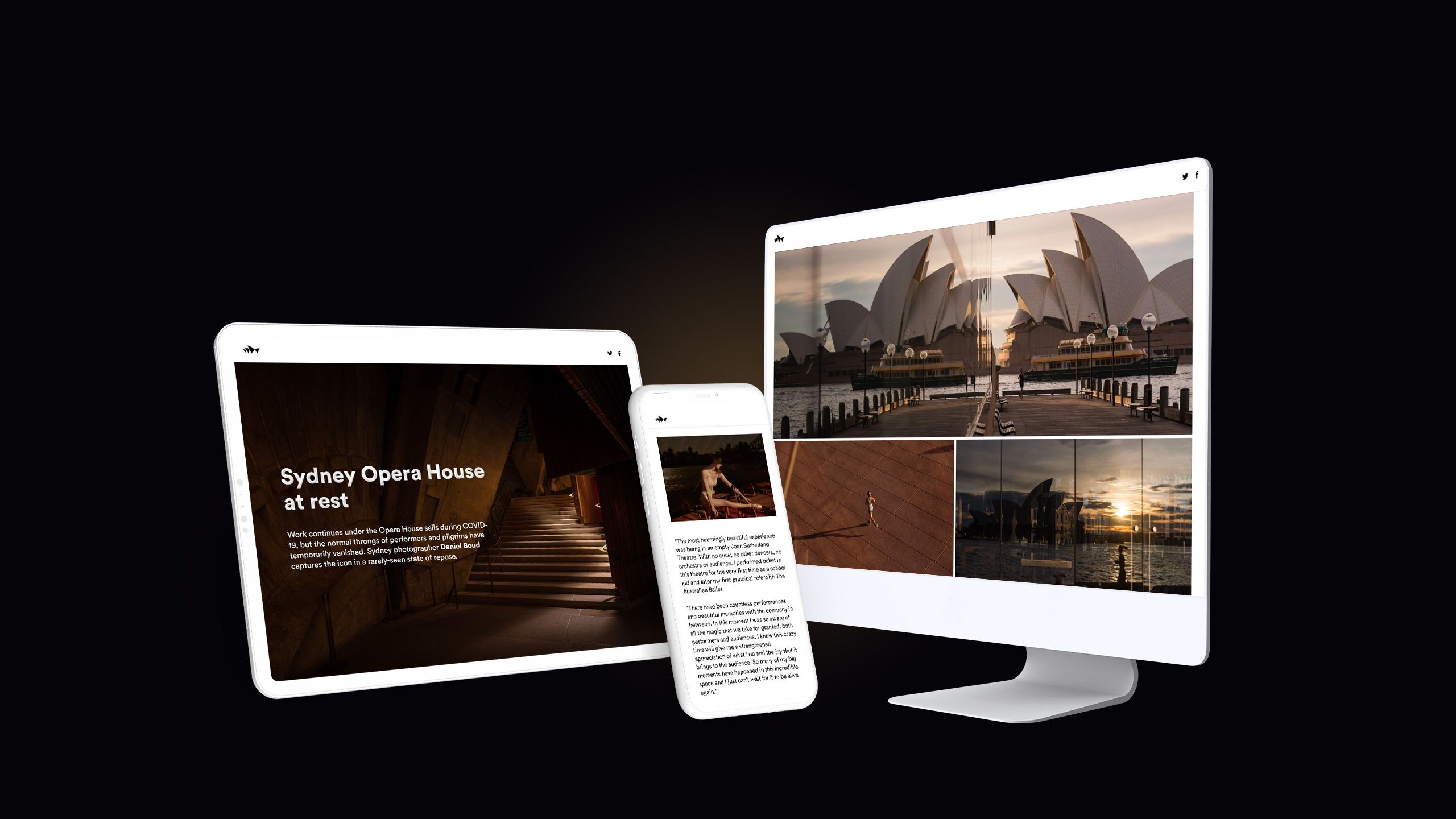
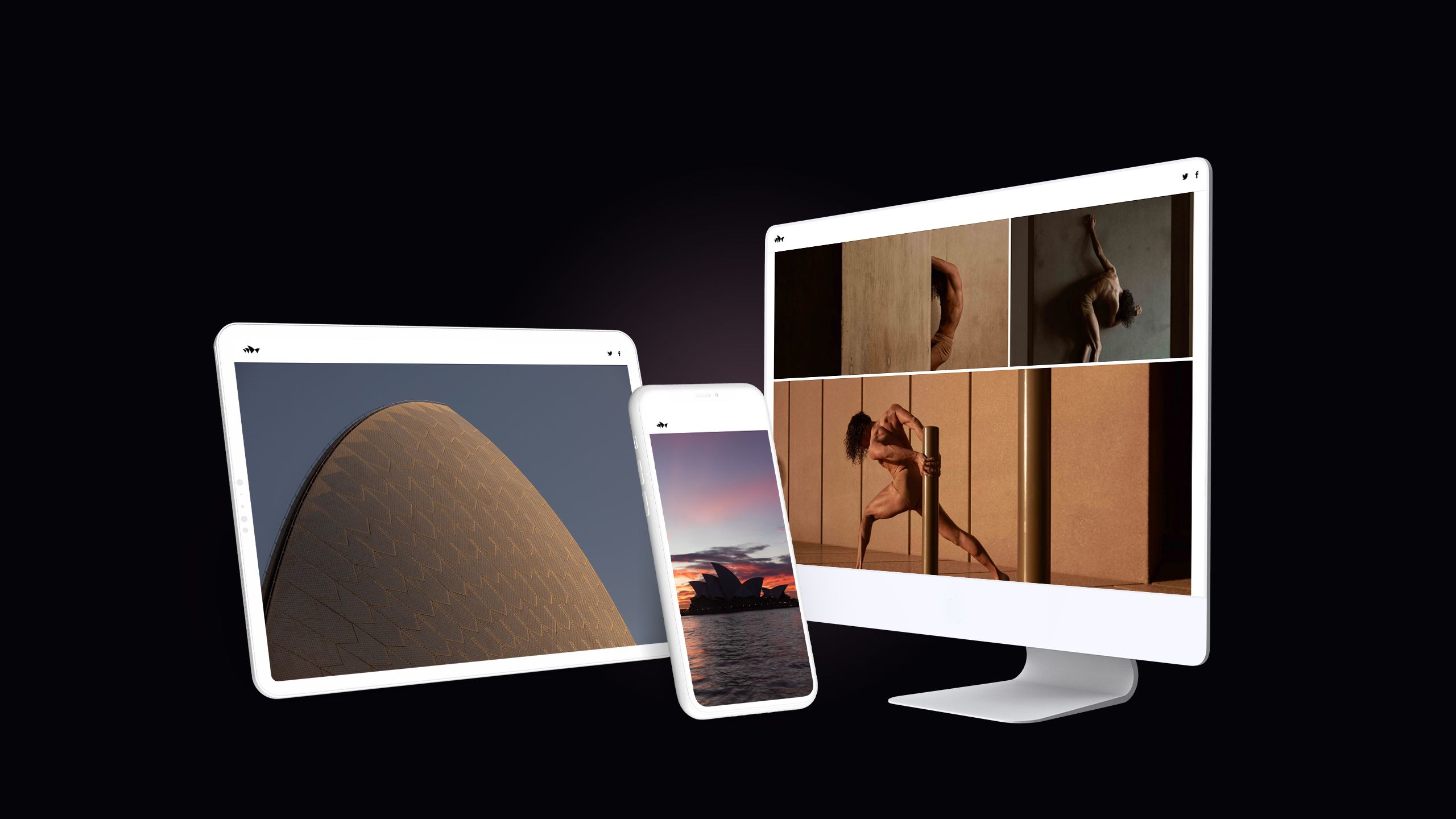
8. Product marketing
You can get customers invested in a product by showing its history, evolution, and details. Product shots alongside descriptions, like Honda used in its profile of the Café Racer, let readers get up close and personal.
The more content feels like a piece of entertainment, the less it comes off as a sales pitch. While an obvious ad may not stand out to a potential customer, a digital story can draw them in and make them more receptive to product information.
9. Annual reports
Annual reports celebrate your organisation’s accomplishments, which means they deserve a premium design to match. Enabel’s 2020-21 Activity Report combined statistics, quotes, summaries, images, and video to convey the organisation’s impact to its readers.
Since annual reports are likely to be shared amongst shareholders and your community, it’s ideal to put your best foot forward. A stunning digital story can add credibility to your cause or build trust in your company’s direction.
Here are 10 free annual report templates to get you started.
Looking to create immersive and visually compelling premium content? Get started, and publish your first story.


